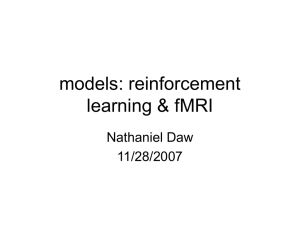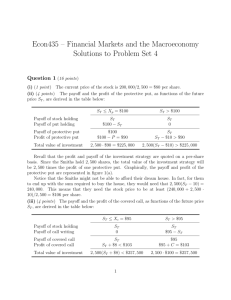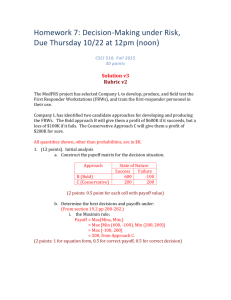SarbarTursunovaSlides
advertisement
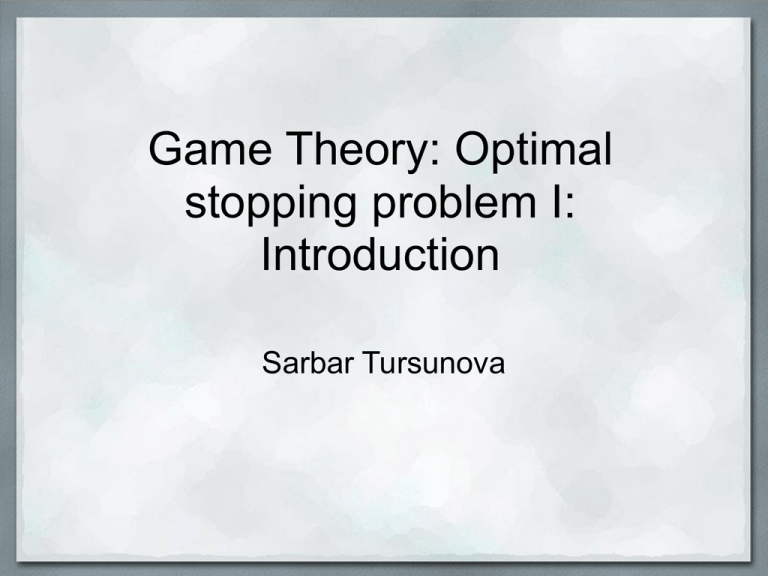
Game Theory: Optimal
stopping problem I:
Introduction
Sarbar Tursunova
Table of content
1. The definition of the Problem
2. The house-selling problem
3. Maximizing the average
4. The one-armed bandit
5. Detecting a change-point
The definition of the problem
Stopping rule problems are associated with two objects:
• a sequance of random variables, X1, X2,......., whose joint
distribution is assumed known
• a sequence of real-valued reward functions: yo,y1(x1), y2,
(x1,x2),........
Your problem is to choose a time to stop to maximize the expected
reward.
The house-selling problem
Assume:
Xn- the amount of the offer received on day n
c- cost of living
c>0 amount of cost observation
-------------------------------------------------Offer Xn Accept or deny?
The problems with recall were introduced by MacQueen and Miller
(1960), Derman and Sacks( 1960) and Chow and Robbins (1961),
and, with discount rather than cost, by Karlin (1962).
In the economics literature, this problem is called a job search
problems and is attributed to George Stigler (1961, 1962). An
unemployed worker is searching for a job. Each search costs a
certain amount in time and lost wages. How many searched should
the worker undertake before accepting the best offer so far found?
For a review form this viewpoint, see Lippman and McCall (1976)
Maximizing the average
Observation of coin being tossed
What stopping rule should you employ to maximize your expected
payoff? An how great an expected payoff can you obtain?
This problem first time was studied by Y.S. Chow and H. Robbins
(1965)
Put the problem of maximizing the average in the form of a stopping
rule problem: let X1, X2.... be independent identially distributed
random variables with a known distribution having a finite mean m,
and let
y0=m
yn(x1,.....,xn)= (x1+...+xn)/n
for n=1,2,...
y (x1,x2,...)= m
∞
This assumes that if you don't take any observations you receive m.
The One-armed bandit
(Bradt, Johnson and Karlin
(1956))
Given:
The Standard treatment T2, probability p0
Treatment T1, unknown probability p
A group of patients = n
Decide which treatment to give to give each patient= ???
Objective is to cure as many of the patients as possible. Your
payoff is the number of patients cured.
Shows that if it is ever optimal to use T2 on a patient, then it is
optimal to continue to use T2 on all subsequent patients. The
problem is when to start a treatment.
Detecting a change-point (Shiryaev (1963))
random variables X1, X2,.....
distribution Fo
time T
other distribution F1
change c>0
Total cost : Yn = cI {n<T} + (n-T) I {n>/T} for n=0,1,... and
Y∞=∞
In this display, I(A) the indicator function of a set A; for example
, I {n<T} is equal to 1 if n<T, and to zero otherwise. Since T is a
random unobservable quantity, we may replace Yn by its
conditional expected value given X1,......, Xn
yn=cP(T>N/Fn)+E((n-T)+/Fn) for n=0,1,..... and
Y∞=∞
applications include monitoring hear patients for a change in
pulse rate, monitoring a production line for a change in quality.
Thank you for your attention!!!

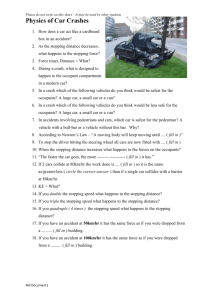
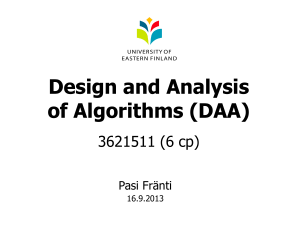

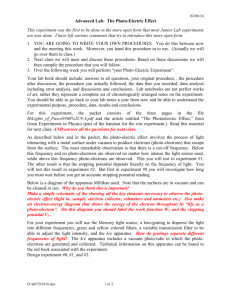




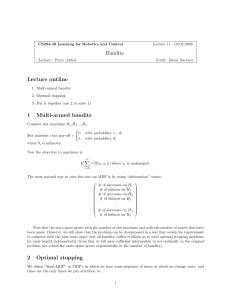

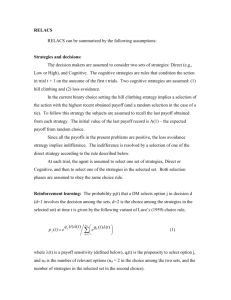




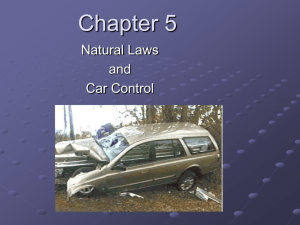
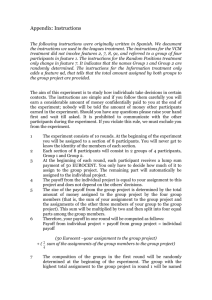
![Presentatie Liftinstituut aan [naam opdrachtgever]](http://s2.studylib.net/store/data/005614044_1-8e52115e328ff7ae73751fe2ef52b8e7-300x300.png)
